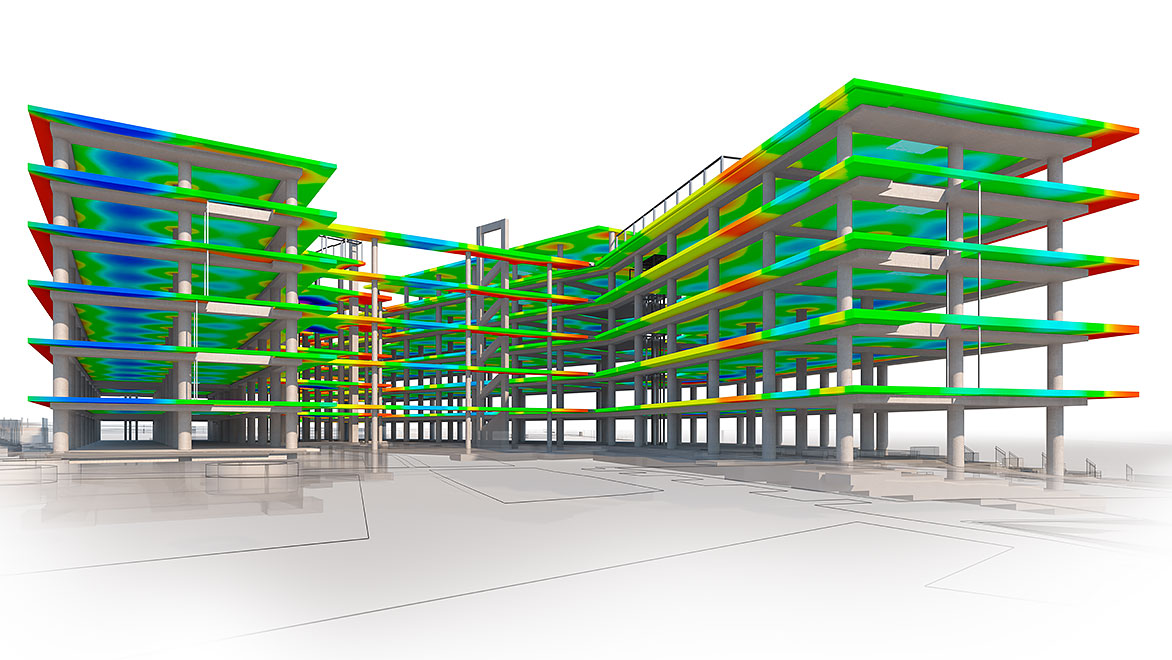Building Information Modeling (BIM) is an intelligent, 3D model-based process that helps structural professionals to design, detail, document, and fabricate structural systems. BIM enables project teams to work more collaboratively–helping to optimize designs, improve accuracy, and connect design to fabrication to deliver projects faster and more efficiently.
BIM for structural engineering
Learn how BIM software helps structural engineers deliver optimized, coordinated designs and documentation faster.

What is BIM for structures?
Image courtesy of BNIM

How is BIM used?
Using BIM, structural engineers can make more informed design decisions, automate construction documentation, and produce more accurate, constructible designs.

What are the benefits of BIM for structural engineers?
BIM helps structural engineers optimize and automate designs, reduce errors and risk, and improve accuracy and constructability, while improving overall project delivery.


